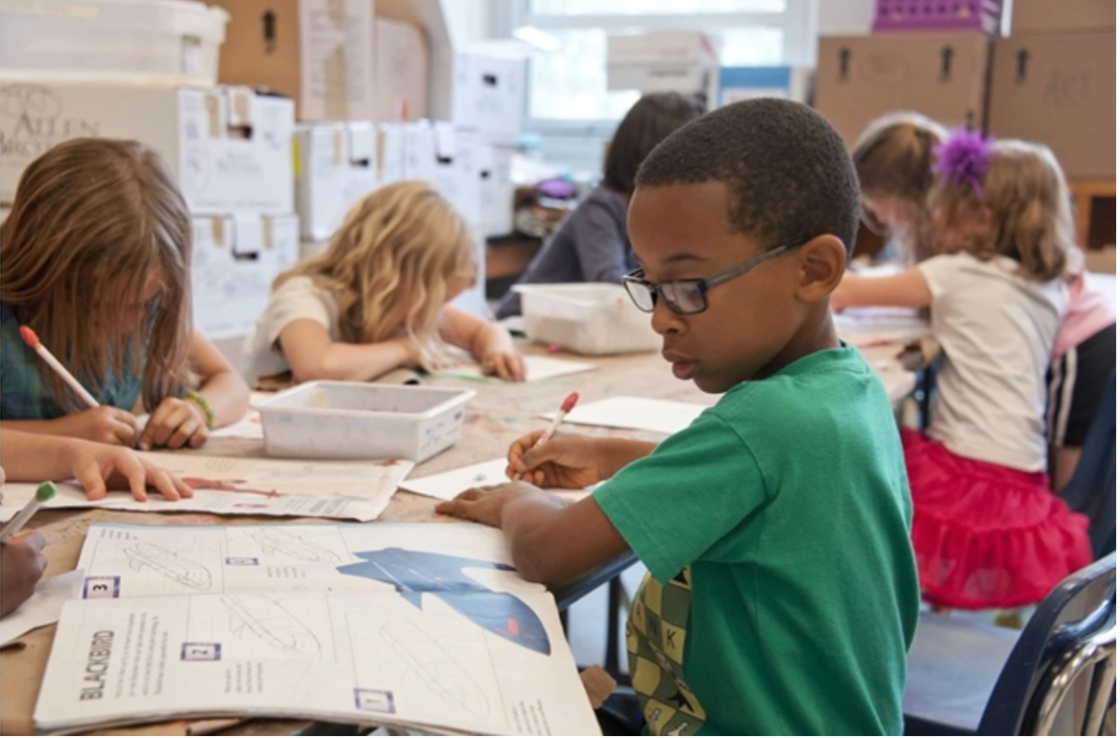LEARN THE THREE GOOD PRACTICES ON INCLUSIVE EDUCATION

All children want to learn in a place where they feel safe, accepted, and included. Professional educators play an important role in building learning environments inclusive of young learners of all abilities and backgrounds.
Here are the best practices that you can use to help schools become a safe, comfortable learning environments for all students
Practice 1: An Inclusive Process Assessment Scale (IPAS), an assessment and self-assessment tool of school contexts (Cottini et. al., 201610) that allows specific types of evaluation and promotes reflections on inclusive education’s quality indicators, thus contributing to the planning and ongoing adjustment of the educational program of the school and the class.
Practice 2: Training prosocial competencies, a training curriculum for equipping teachers with skills considered as crucial in realizing in an inclusive learning environment for all students – especially for disadvantaged learners, focused on social, emotional, and prosocial competences
Practice 3: Evidence-based inclusive education, an operational methodology to investigate and collect data on the extent of school inclusion in terms of both evaluation (applicability and adaptability of the Inclusive Process Assessment Scale), and repetition of the experimental plans carried out in different countries, to confirm or confute the results achieved.
